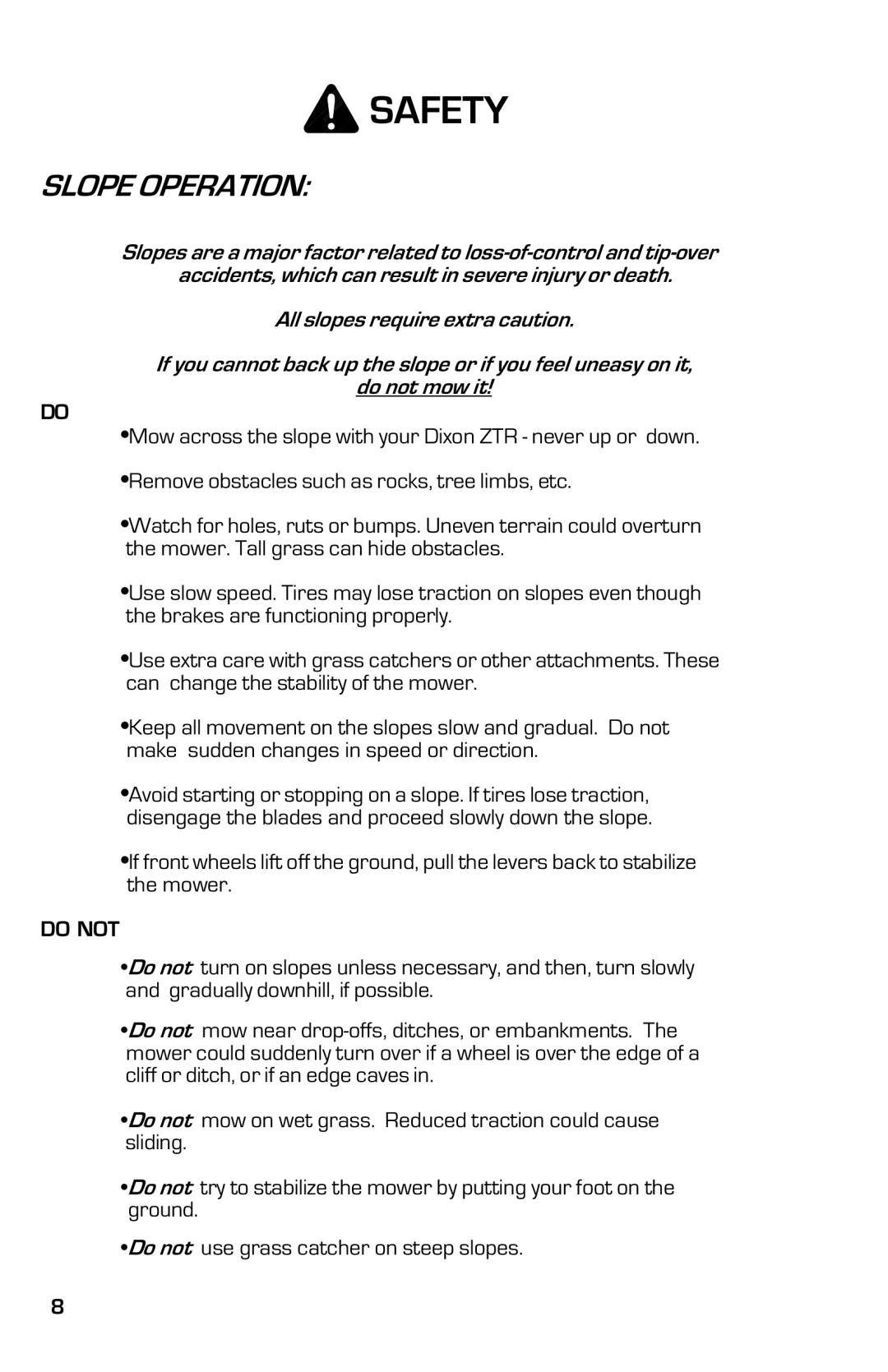13632-0702 specifications
Dixon 13632-0702 is a premium quality coupling designed for various industrial applications, particularly in fluid transfer processes. This specific coupling is characterized by its robust construction, ensuring durability and reliability in demanding environments. Its design focuses on performance and safety, making it a preferred choice among professionals in multiple sectors, including agriculture, manufacturing, and heavy machinery.One of the main features of the Dixon 13632-0702 coupling is its quick-connect design. This innovative feature allows users to easily connect and disconnect hoses without the need for additional tools. This not only saves time during operation but also enhances user convenience, especially in environments where speed and efficiency are crucial. The coupling's ease of use contributes to increased productivity, minimizing downtime associated with hose changes.
In terms of materials, the Dixon 13632-0702 is typically constructed from high-quality aluminum or stainless steel, depending on the specific configuration chosen. These materials offer excellent resistance to corrosion and wear, making the coupling suitable for a variety of fluids, including water, fuel, and chemicals. This versatility is a significant advantage for industries that require the transport of different types of fluids without needing multiple specialized couplings.
The coupling also features a robust locking mechanism that ensures a secure connection during operation. This safety feature prevents accidental disconnections, which is critical in preventing spills or leaks that could pose safety hazards or environmental risks. Users can trust that the Dixon 13632-0702 will maintain a tight seal under high-pressure conditions, making it ideal for applications involving pressurized fluids.
Thermal resistance is another important characteristic of the Dixon 13632-0702. The materials used in its construction can withstand varying temperatures, allowing it to operate effectively in both hot and cold environments. This adaptability further consolidates its position as a versatile tool in industrial fluid transfer.
Overall, the Dixon 13632-0702 coupling stands out due to its combination of user-friendly design, durable materials, and safety features. It is engineered to meet the demands of modern industries, providing a reliable solution for fluid transfer that enhances operational efficiency and safety. As industries continue to seek high-performance tools, the Dixon 13632-0702 remains a top contender, ensuring users can trust its reliability and effectiveness in the field.
